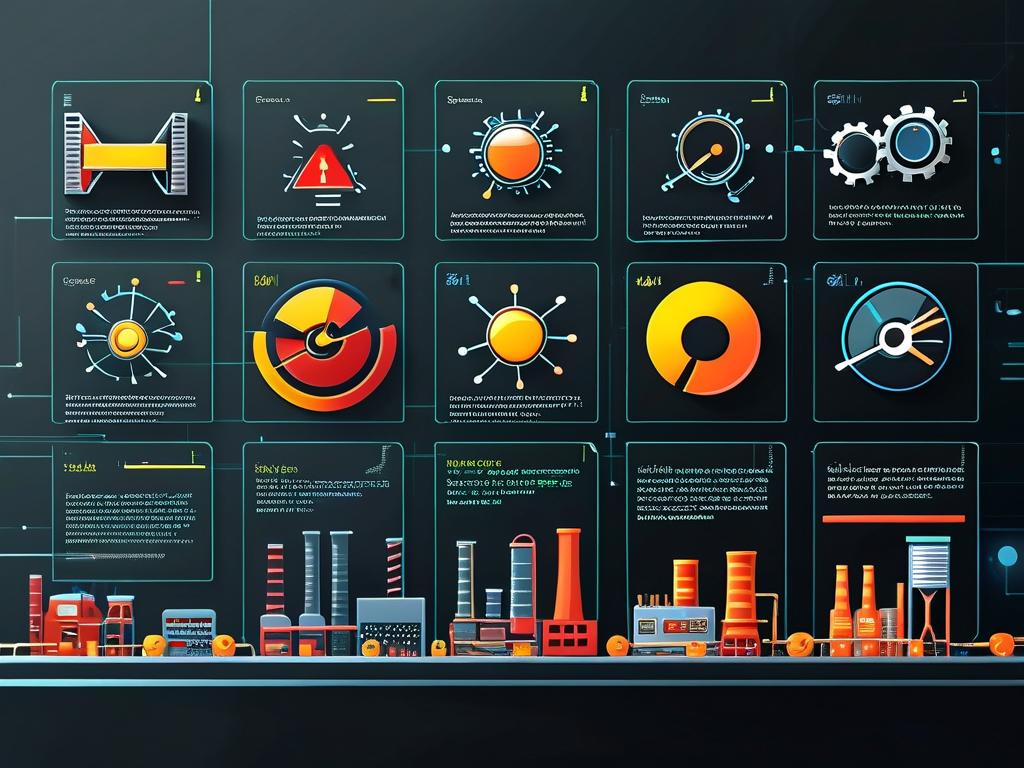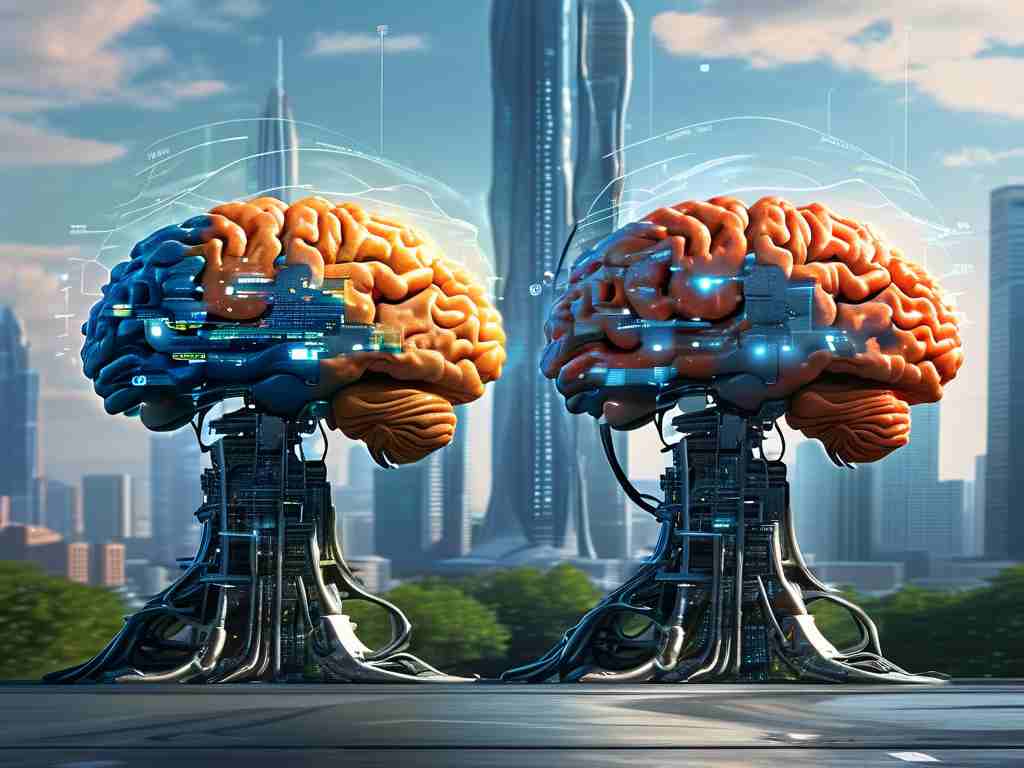The concept of neural networks has become a cornerstone of modern artificial intelligence, yet the term itself often leads to confusion. While "neural network" universally refers to computational models inspired by biological neurons, their implementations diverge significantly across domains. This article explores the nuanced differences between conventional feedforward neural networks (FNNs) and their specialized counterparts like recurrent neural networks (RNNs), revealing how architectural variations drive distinct capabilities.

Biological Inspiration and Basic Frameworks
Both FNNs and RNNs trace their origins to the human brain's neural structure. FNNs, the simplest form, process data in a unidirectional flow from input to output layers. For example, a basic image classifier using FNNs might employ this code snippet:
model = Sequential() model.add(Dense(128, activation='relu', input_shape=(784,))) model.add(Dense(10, activation='softmax'))
In contrast, RNNs introduce cyclic connections, enabling memory retention for sequential data. This architectural twist allows applications like speech recognition to analyze temporal patterns—a feat impossible for standard FNNs.
Performance Tradeoffs in Practice
While FNNs excel at static data processing, their inability to handle sequential context limits their utility. RNNs address this through hidden state mechanisms, but suffer from vanishing gradient issues. Modern hybrids like long short-term memory (LSTM) networks evolved specifically to overcome these limitations. A comparative study by the Allen Institute (2023) demonstrated that LSTM-based models achieved 23% higher accuracy than traditional RNNs in language translation tasks.
Energy Efficiency Considerations
Recent research highlights another critical distinction: computational resource demands. FNNs typically require less power for inference tasks due to their simpler structure. Energy consumption metrics from NVIDIA's A100 GPUs show FNNs using 40-60 watts for image processing versus RNNs consuming 75-90 watts for equivalent time-series analysis. This disparity becomes crucial when deploying models on edge devices with strict power budgets.
Emerging Hybrid Architectures
The boundaries between neural network types are blurring. Transformer models, initially developed for natural language processing, now incorporate both feedforward and attention mechanisms. These hybrids demonstrate how combining architectural principles can yield superior results. For instance, Google's PaLM-2 model utilizes parallelized FNN layers alongside self-attention modules, reducing training time by 18% compared to pure transformer designs.
Ethical Implications of Architectural Choices
Surprisingly, neural network architecture impacts more than technical performance. Models with complex recurrent structures have shown higher susceptibility to adversarial attacks in healthcare diagnostics. A 2024 Stanford study revealed that ECG analyzers using RNNs had 14% higher false-positive rates under noise interference compared to convolutional neural network (CNN) alternatives, raising questions about model selection for critical applications.
As AI systems grow more sophisticated, understanding these architectural nuances becomes vital. Developers must weigh factors like data type, resource constraints, and ethical requirements when choosing between neural network paradigms. The future likely lies not in isolated architectures, but in adaptive systems that dynamically reconfigure their neural pathways—much like the biological brains that inspired them.









